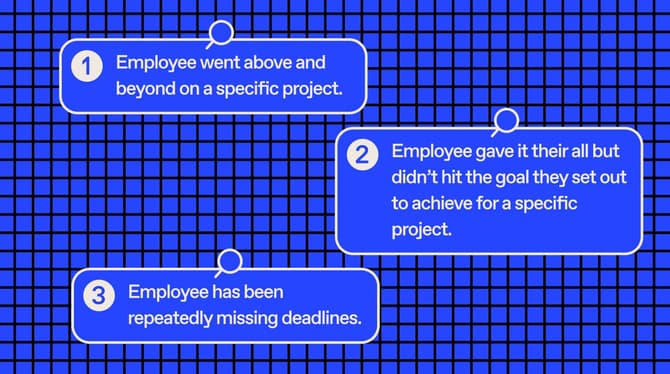This article is a guest post from Softstart, the all-in-one onboarding platform to start your new hires off on the right foot.
Onboarding new hires is a concept most employers are familiar with by now. But what about onboarding current employees for new roles? With more companies investing into their internal mobility programs, cross-boarding is something every leader should be thinking about. Whether someone gets promoted or makes a lateral move, setting them up to properly integrate into their new role is essential to their success.
There are many benefits to having existing employees transition into new positions, like high engagement and retention rates. Plus, there's the advantage of hiring employees with deeper cross-functional knowledge. So it’s important for companies to adapt this type of onboarding process accordingly.
Assess your organization’s employee experience in minutes

Cross-boarding vs. onboarding: what’s the difference?
We’ve previously covered the basics of onboarding, and how to engage new hires from their first day. In a way, the objectives for cross-boarding are similar, save for the fact that you’re dealing with current employees. And just like good onboarding leads to long-term employee retention, proper cross-boarding can help reduce your turnover rate, too.
In a nutshell, cross-boarding is the process of transitioning an existing employee into a new role. It's how you ensure they're supported, ready to take on new responsibilities, engaged and productive.
Unlike onboarding, cross-boarding happens when you source candidates from existing staff to fill a job position, rather than hire externally. Cross-boarding can be relevant in the case of preparing someone who got promoted to a new role, or supporting an employee joining another department or switching expertise.
Examples of cross-boarding
After a year of working as a coordinator, John has been promoted to become a manager. Even if his projects and team are the same, he'll have new responsibilities, tasks and tools to master as management is a very different reality.
Lana works as a planner for her firm, but her passion is graphic design. When she heard that a graphic designer role opened up internally, she applied and got the job. Lana is already familiar with many company tools and processes, but she will still have to learn the ropes of her new role.
Blake is a team lead for the Telecom account. When there was an opportunity to become team lead for the Airline account, he took it. While his title doesn’t change, the nature of the account, team and tools are different.
What are the benefits of cross-boarding?
Cross-boarding can be a situation where all parties win. Employees get to experience new, positive challenges, and employers benefit from its time and cost saving nature—and then some.
- Cost-effective: Onboarding isn’t cheap. According to Deloitte, it can cost on average $4,000 and take 24 days to hire a new employee from sourcing, interviewing and integrating them into the company. Cross-boarding fills a role by internal hire, with someone who’s already been screened. Sometimes, the answer is right under your nose.
- Faster productivity: It takes between 1 to 2 years for a new hire to reach their peak of productivity. To really integrate a corporate culture and get the hang of tools, it takes some ramp-up. With cross-boarding, the person assuming a new role can fast track into being productive much earlier. They're already well integrated, familiar with company processes and comfortable with tools.
- Reinforced employee engagement: Onboarding done right can set the tone for employee engagement and lower turnover in the future. Cross-boarding does the same. Cross-boarding allows existing employees to develop new skills, grow in their career and feel recognized, lending to higher job satisfaction and motivation.
- Better long-term retention: Aligning with the above point, better engagement means better retention. When employers invest in cross-boarding, it tells employees that there are growth opportunities available internally. When you consider that 82% of people leave their job due to no career progression, it’s a real competitive advantage to make room for cross-boarding.
- Strengthen company culture: Company values and culture are represented through an organization's structure and decision-making. When a company puts effort toward cross-boarding, it shows that they care about and supports their employees' successes. This is a company employees will be proud to endorse.
What should be included in the cross-boarding process?
It's very easy to overlook cross-boarding. Many employers assume that because existing employees have already benefited from an onboarding experience when they were first hired, they don’t need structured support to transition into a new role. Trust when we say that investing in creating cross-boarding plans is a must.
Good news: you don’t have to reinvent the wheel. If you’ve created an onboarding template, you can borrow from this and adapt it to fit the needs of an existing employee. You might skip certain aspects like company culture integration activities. But activities related to new tasks, responsibilities and team(s) should remain.
Cross-boarding checklist must-haves:
- A checklist of items from their new and former manager to ensure the employee transition is smooth. Things like preparing a handover document of the employee’s former role, or a shadowing day to learn about new tasks.
- New professional goals and milestones related to the new role. This ensures the employee is clear on what is expected of them in their new responsibilities, and set up for development.
- A schedule with regular check-ins and meetings with the new manager. This is also an opportunity to collect feedback from the employee, making sure they're happy and checking if there's anything they need to perform better.
- Regular progress review sessions to measure performance in their new role and responsibilities. They can meet with their new manager for a 30-day performance review, 60-day review, and 90-day review.
- An assigned new buddy and/or mentor who can help the cross-boarded employee better integrate their new team, new department, and new responsibilities.
Just like with new hires, it's crucial to ensure that existing employees transitioning into new roles feel guided and supported with a structured plan to feel confident and engaged.
With managers already fans of Softstart’s onboarding templates for new hires, we also offer cross-boarding templates with a set of suggested pre-designed, customizable activities!
Cross-boarding is just as essential as (if not more than) onboarding
Think about it: cross-boardng is like onboarding, but with employees you’re already invested tremendous time and resources on. It would be a shame not to leverage engagement opportunities and already profitable staff members. Plus, a cross-boarded employee reaches peak productivity faster in their new role—so you’ll see a return on investment quicker than you would, had you invested in an external hire for a role.
Equip HR and managers with tools to engage, recognize, and drive performance.




